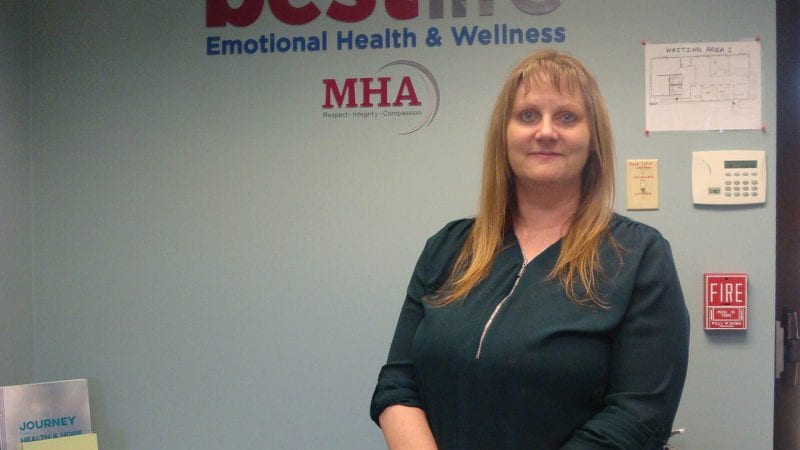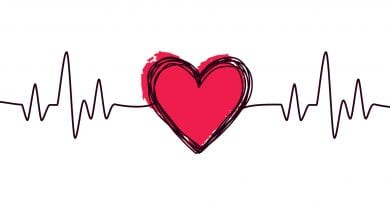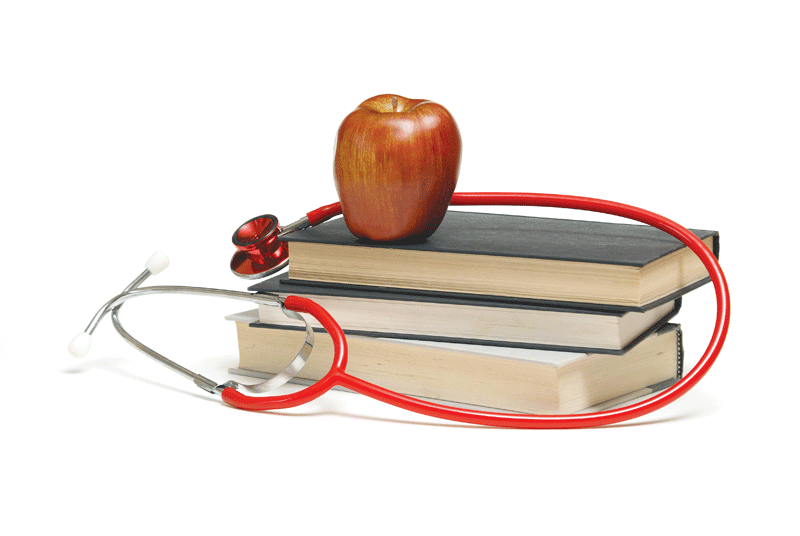Emerging from the Pandemic Creates More Questions Than Answers
An Anxious Transition
By Mark Morris
In these unique times when COVID-19 is still active but in decline, we all have lots of questions about how to navigate daily life.
For example, if you have been vaccinated, should you continue to wear a mask? Why does the CDC say you can go without a mask, yet many public places still require one?
Should we still socially distance and sanitize in certain situations?
And, importantly, how much anxiety are such questions causing these days?
Answers can come from many places. Lauren Favorite, assistant program director with Behavioral Health Network, noted that, while information can be good, an overload of messages from different sources results in confusion.

“I think many people will be in a sort of in-between place until we start to see a critical mass of vaccinations.”
Lauren Favorite
“When we are bombarded with a plethora of information, it’s difficult for people to make a singular choice that will be the right one for them,” Favorite said. “Too much conflicting information can create anxiety.”
BusinessWest spoke with several behavioral-health professionals who said much of the stress people are feeling right now is rooted in their concerns about how safe it is to go back into the world. Despite the May 29 reopening of Massachusetts, allowing everything from restaurants to sports arenas to fully welcome the public, Alane Burgess, clinic director for MHA’s BestLife program, said many people still do not feel safe going to the supermarket.
“It’s always easier to learn how to be afraid than it is to be unafraid,” Burgess said. “Even when we’re told everything is OK, people still have questions.” As COVID-19 is a relatively new virus and scientists are still learning about it, continued concerns about personal safety are not surprising.
A recent research article looked at the trauma experienced by refugees after they emerged from a war-torn country. Favorite said their experience serves as a metaphor for these times.
“In the war zone, they had to develop certain habits and routines as a way to survive,” she said. “Once they escaped and reached a safe place, they held on to those behaviors because they didn’t know how else to act.”
All behaviors have a motivation, she continued, and the ones we followed to stay safe during the pandemic served us well. As we move beyond the pandemic, however, it’s time to examine if those behaviors are still serving us.
“Because so many people are not sure what to do, they will hold on to behaviors even when they no longer serve their intended purpose,” Favorite said. “I think many people will be in a sort of in-between place until we start to see a critical mass of vaccinations.”
Baby Steps
For many, entering back into the world needs to be a gradual process. Kathryn Mulcahy, clinic director for Outpatient Behavioral Health Services at the Center for Human Development, encourages her clients to start small.

“Instead of trying to do everything at once, I remind people it’s OK to take baby steps,” Mulcahy said. “You might not be ready to go out to the movies, but you can start getting back into the world by taking a walk in your neighborhood.”
As an incentive to go out again, Burgess advises her clients to make a bucket list of activities they are excited about doing again. “Making a list reminds people of what brought them joy before COVID and can help motivate them to get back to doing those things again.”
COVID also had a significant impact on the nature of work. Depending on the occupation, some people reported to work every day during the pandemic, while others followed a more hybrid approach of working at home some days and at the office other days. A third group has been working from home since last March.
Employers have begun asking Joy Brock, director of the CONCERN Employee Assistance Program, how to proceed as we move toward the end of the COVID era.
“Companies are struggling with how to translate all the different mandates,” Brock said. “They are having as much anxiety as their employees.”
According to the Massachusetts Attorney General’s Fair Labor Division, employers are allowed to ask if an employee has been vaccinated. In some cases, they can require vaccination in order to report to work. Exceptions are allowed for those protected by legal rights, such as individuals who have disabilities or those with sincerely held religious beliefs.

“Instead of trying to do everything at once, I remind people it’s OK to take baby steps. You might not be ready to go out to the movies, but you can start getting back into the world by taking a walk in your neighborhood.”
Kathryn Mulcahy
Brock said even those distinctions beg more questions. “What if I’m vaccinated, but the person next to me isn’t? How is that going to work with masks, social distancing, and other considerations?”
When there is no clear-cut direction, individuals usually figure out how to keep themselves safe. Brock said even modest steps to take control over one’s health can help reduce anxiety. “If that means you are the only one in the office wearing a mask, that’s perfectly fine.”
Finding a comfort level at work and in the world ultimately depends on the individual. Burgess emphasized that everyone is on their own journey, and it’s OK to move at a different pace than others.
“I advise people to be patient with themselves and not make any self-judgments just because their comfort level is different than their friends or co-workers,” she said.
One clear demand Brock has heard from workers involves flexibility in work schedules.
“For the most part, people have enjoyed working from home because it makes child care easier to manage, they have been able to match or exceed their productivity, and many report lower stress levels,” she said.
With that in mind, many employers are looking at a hybrid model and trying to figure out the right mix between working at the office and from home.
A return to the office also means remembering how to be a colleague. Even if co-workers talk remotely every day, Mulcahy said people can get out of the habit of face-to-face conversations.
“As silly as it sounds, practicing an in-person conversation with someone outside your bubble is one more way to prevent that overwhelming feeling of being thrown back into the workplace,” she explained.
Beyond water-cooler discussions, Burgess said a successful transition back to the office also requires companies to be tuned in to the apprehensions their employees may have. “It will be important for people to have an open dialogue with their employers about any anxieties or concerns they may be feeling.”
Added Favorite, “as a supervisor in the workplace, I’m having conversations with my staff to assuage their fears about coming back on site.”
Talk About It
One key to putting COVID behind us is recognizing what everyone has gone through since last March.
“For the past 14 months, we’ve lived in a world full of trauma,” Burgess said. “The idea that we can suddenly go back to the way everything was is an impossible task.”
Mulcahy said she has heard from people who are embarrassed because they feel stressed and anxious about returning to a more normal life.
“They feel like they should be happy and excited that people are vaccinated, but instead they just feel worried,” she noted. “I want people to know they are not alone and they can reach out for help to navigate these feelings; that’s why we’re here.”
Burgess also pointed out that life was different during the pandemic, and we should accept that we are not the same people we were before.
“Our life has changed, and we have changed in some of the ways we think, how we feel, and what feels safe,” she said. “It’s important to respect who we are today because that, too, is part of the process in getting back into the world.”
When everyone was forced to suddenly deal with a pandemic, it created anxiety for many. Now, as the pandemic (hopefully) nears its end, that creates anxiety, too. Those who spoke with HCN agree that talking about this stress, and letting people know their feelings are valid, will go a long way to easing everyone’s anxiety.
After all, Favorite said, “we’re still learning how to be in a world where we don’t have to worry all the time.”



